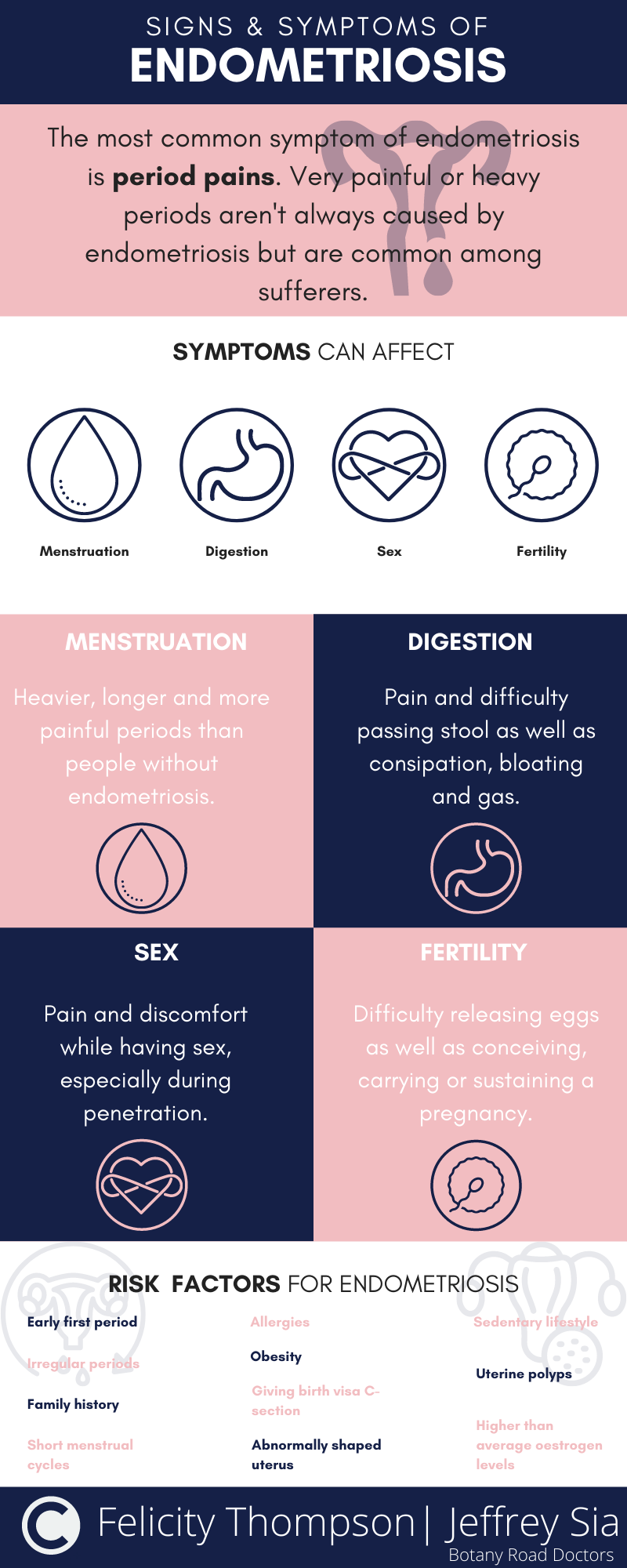Signs & Symptoms of Endometriosis
Last week, we introduced QENDO March: a whole month dedicated to raising awareness of endometriosis. Unlike other conditions that we dedicate months to, the awareness aspect of QENDO March is arguably more important than the fundraising part.
This is because, despite affecting 1 in 9 Australian women, we still know relatively little about endometriosis. It still takes a very long time - sometimes many years - to receive a diagnosis, partly because of this lack of awareness. While it’s great to raise money, which goes towards funding research and treatments, awareness is paramount.
Knowing the signs and symptoms of endometriosis is key to getting treatment early. Fertility preservation is most successful in people that are diagnosed with early stages, but there is no chance of anyone being able to diagnose you if you do not reach out to your doctor in the first place.
To help you work out whether your symptoms could be endometriosis, we created the handy little infographic below. If you are at all worried then book to see your doctor. They will ask you some questions and refer you for an ultrasound to take a look at your endometrium.


